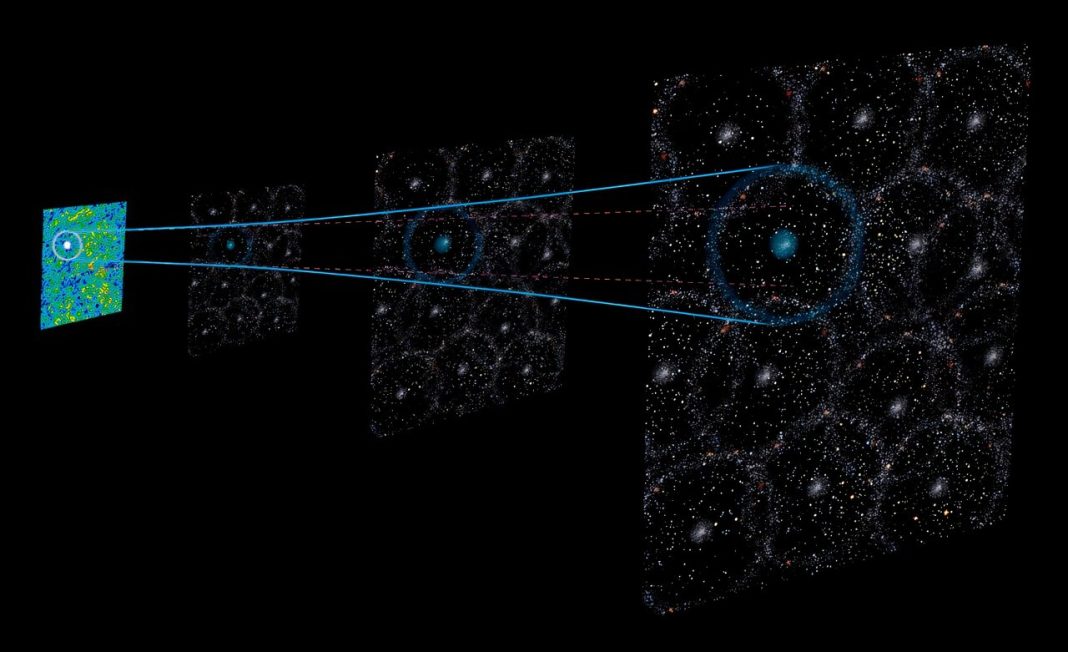The universe is a vast, mind-boggling place, and for decades, scientists have been trying to pin down one of its most fundamental properties: how fast it’s expanding. This isn’t just an academic exercise; it’s a cornerstone for understanding the cosmos, its past, and its ultimate fate. But what if our fundamental tool for this measurement—our cosmic measuring tape—is flawed? This intriguing possibility sits at the heart of what’s known as the Hubble tension, a perplexing discrepancy that has cosmologists both scratching their heads and buzzing with excitement.
The Universe’s Puzzling Expansion Rate
At the heart of the Hubble tension lies the Hubble Constant, a value representing the current rate at which the universe is expanding. The problem isn’t that we don’t know it at all; it’s that different methods yield different answers, and these differences are too significant to be mere observational noise. It’s like measuring the same room with two different rulers and getting wildly different results.
One primary method calculates the expansion rate by observing the early universe, specifically the cosmic microwave background (CMB). This ancient light, a relic from just after the Big Bang, allows scientists to extrapolate the expansion rate forward using our best cosmological model, Lambda-CDM. This method tends to yield a slower expansion rate.
The second approach measures the late universe directly, relying on what’s called the “cosmic distance ladder.” This involves observing relatively nearby celestial objects of known brightness, like Cepheid variable stars and Type Ia supernovae (often called “standard candles”), to gauge distances and, consequently, the expansion rate. These direct measurements consistently point to a faster expansion rate than the CMB-derived value.
The gap between these two figures isn’t shrinking; it’s stubbornly persistent, creating the “tension” that has become one of cosmology’s most pressing mysteries.
Could Our Cosmic Measuring Tape Be Wrong?
When faced with such a profound disagreement, scientists naturally look for explanations. While some theories propose exotic “new physics” – perhaps a new form of dark energy, or unknown particles affecting the universe’s early evolution – another compelling possibility is that there’s a systematic error in our measurement tools, particularly in the cosmic distance ladder.
Imagine trying to measure vast distances across an ocean by using lighthouses as your reference points. If you misjudge the intrinsic brightness of those lighthouses, all your subsequent distance calculations will be off. In cosmology, Cepheid variables and Type Ia supernovae are our lighthouses. We assume they have a consistent, predictable intrinsic brightness, allowing us to infer their distance by how bright they appear to us.
But what if they don’t? What if environmental factors, like the metallicity of the galaxy they reside in, or subtle differences in their explosion mechanisms, subtly alter their perceived “standard” brightness? These aren’t trivial concerns. As Dr. Anya Sharma, a theoretical astrophysicist, notes, “It’s tempting to jump to exotic new physics, but sometimes the simplest answer lies in re-examining our fundamental tools and assumptions. Even small systematic biases in our standard candles could explain a significant portion of the Hubble tension.”
Researchers are meticulously re-examining every rung of the cosmic distance ladder, looking for hidden biases. This includes refining observations of Cepheids in different galactic environments, searching for independent ways to calibrate Type Ia supernovae, and even exploring entirely new types of standard candles, like gravitational wave sources.
The implications of a flawed measuring tape are profound. It wouldn’t mean the universe isn’t expanding, but it would necessitate a recalibration of our understanding of cosmic distances, affecting everything from the age of the universe to the scale of distant galaxies. It’s a reminder that even in the most cutting-edge science, foundational tools and assumptions are always subject to rigorous scrutiny.
The Hubble tension is more than just a numbers game; it’s a vibrant indicator that our understanding of the universe might be incomplete. Whether it points to brand new physics or a more nuanced understanding of our existing cosmological rulers, the quest to resolve this puzzle promises to deepen our cosmic insight in thrilling ways.




